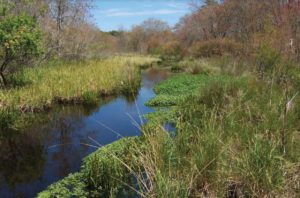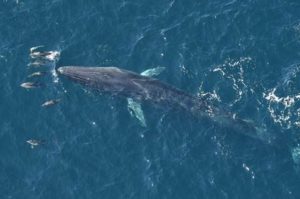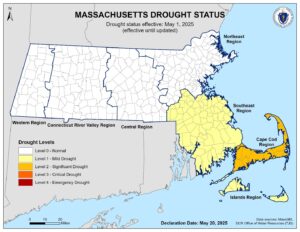
WELLFLEET – A contract for construction of the Mill Creek Water Control Structure has been awarded by the Cape Cod National Seashore, for the infrastructure component of the larger Herring River Restoration Project.
The construction, which is expected to be completed by the spring of 2025, will span the mouth of Mill Creek where it meets the Herring River, just upstream of Chequessett Neck Road bridge in Wellfleet.
This project will complete around the same time that the primary water control structure at Chequessett Neck Road is projected to be completed as well.
The Cape Cod National Seashore says the Mill Creek WCS is necessary to control tidal input upstream of Mill Creek to protect low-lying properties, which would otherwise be vulnerable to flooding during high tides.
It will contain five adjustable tide gates, each five feet wide, and if warranted, the gates can be managed to protect upstream properties, while still allowing freshwater to drain out of Mill Creek.
“The Mill Creek Water Control Structure is one piece of a complex ecosystem restoration puzzle that scientists have been working towards for the last thirty years,” said Acting Superintendent Leslie Reynolds.
“Thanks to the funding partners and generous donors, species like river herring, american eel, and brook trout will once again have the opportunity to spawn upstream as they did for thousands of years,” Reynolds said.
Permitting, design, and engineering of the structure was supported by the National Park Service, National Oceanic and Atmospheric Administration, and the Massachusetts Division of Ecological Restoration.
Construction is being supported through $8 million dollars from the Natural Resources Conservation Service and $1.425 million in non-federal matching funds from the National Park Foundation.
As part of the project, several new structures will allow the return of natural tidal flows to severely degraded salt marsh habitats, which will improve salinity and oxygen levels in the water, restore a highly productive salt marsh ecosystem, and capture and store significant amounts of carbon.
























